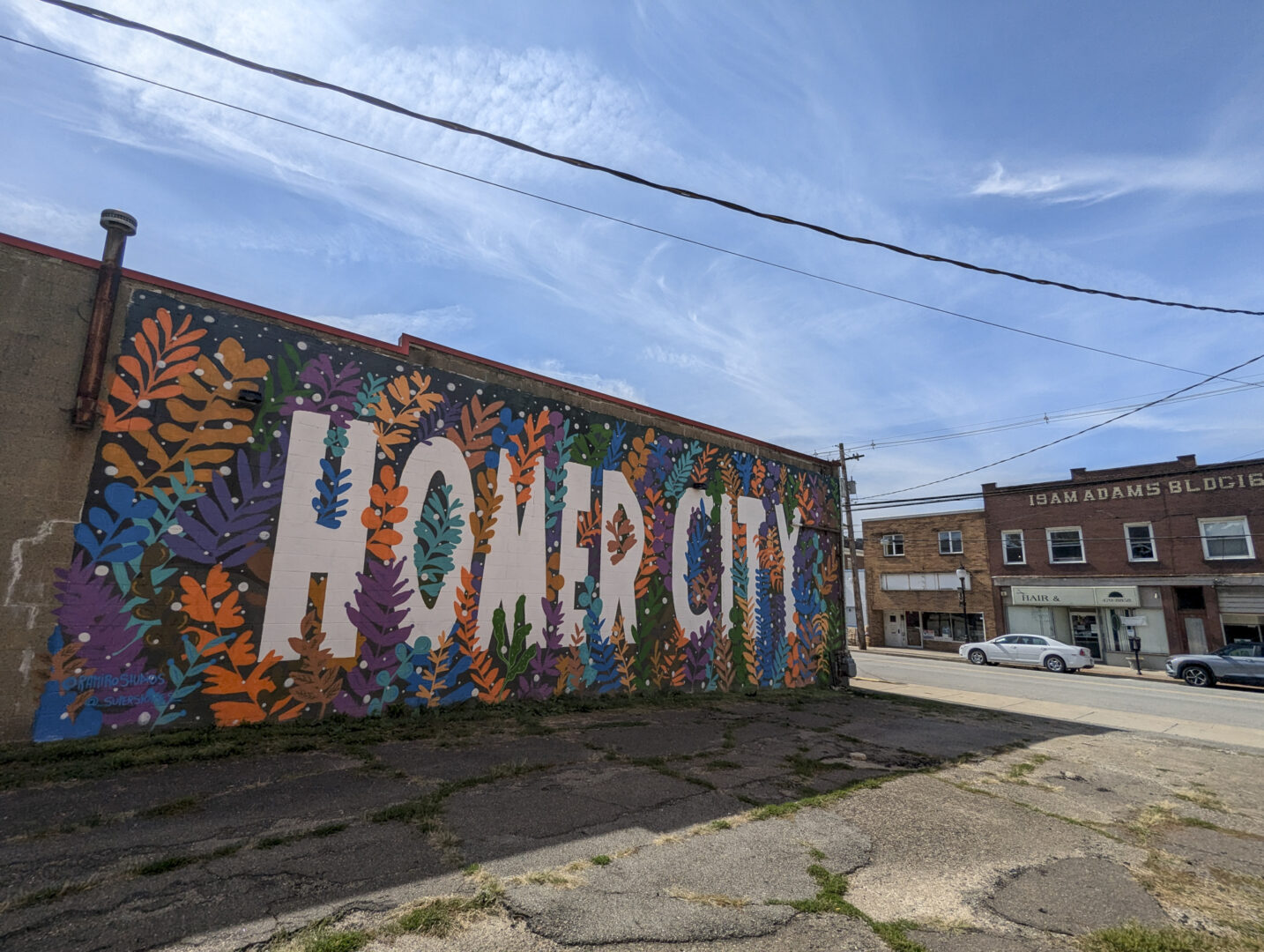
A mural along Main Street in Homer City on Sept. 16, 2024. Blighted buildings across the street would be removed to make way for a new community hub under the revitalization plan. (Jeremy Long - WITF)


A mural along Main Street in Homer City on Sept. 16, 2024. Blighted buildings across the street would be removed to make way for a new community hub under the revitalization plan. (Jeremy Long - WITF)

A mural along Main Street in Homer City on Sept. 16, 2024. Blighted buildings across the street would be removed to make way for a new community hub under the revitalization plan. (Jeremy Long - WITF)
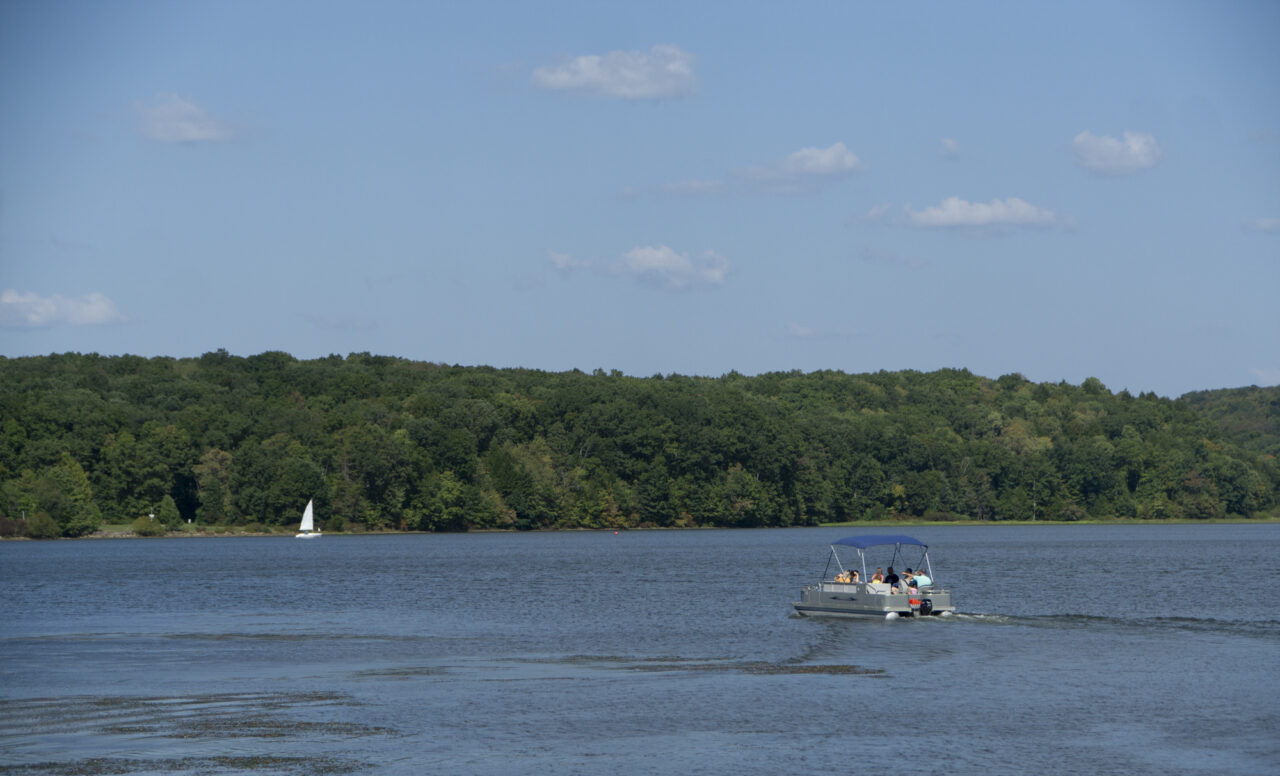
People enjoy Yellow Creek Lake in Yellow Creek State Park in Indiana County on Sept. 15, 2024. (Jeremy Long – WITF)
Yellow Creek State Park is bustling with swimmers, boaters, and fisherman on a warm Sunday afternoon.
The park and lake in Indiana County attract people from nearby and vacationers from up to a few hours away, said Rebecca Beppler, who owns a boating rental company with her husband.
She hopes to grow the business, beyond the lake.
“We’ve always talked about, on local waterways, expanding, and doing kayak rentals or tubing rentals somewhere else,” she said.
The county’s tourism sector has been growing. A recent state report shows the total tourism impact in Indiana County amounted to $285.7 million in 2022.
But the impact is not spread evenly. Some local officials are trying to bring tourism dollars to their towns, in part to make up for the loss of the once-strong coal industry.
Coal mining has been in decline for decades, and the massive Homer City coal power plant closed abruptly last year. The plant – once the state’s largest – had the capacity to produce 1,900 megawatts of electricity, enough to power about 2 million homes. It was also a major source of air and climate pollution.
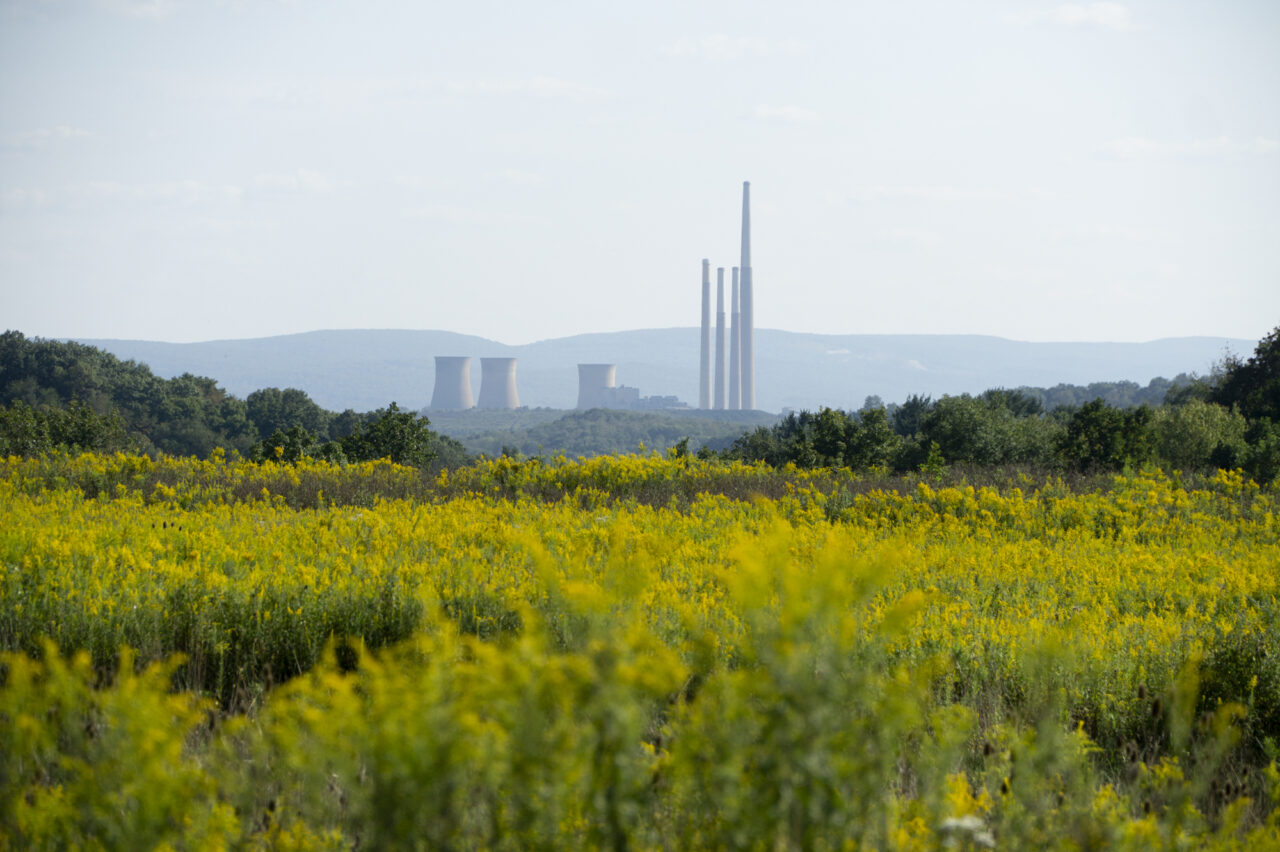
A view of Homer City Generating Station, once the state’s largest coal-fired power plant, which shut down in 2023, in Indiana County on Sept. 15, 2024. (Jeremy Long – WITF)
The legacy of pollution left behind by the industry is making it challenging to move on.
Homer City Borough, about an hour’s drive from Pittsburgh, was fueled by coal. In 1970, more than 2,400 people lived in the community, which hosted a movie theater, a bowling alley, two hotels, a bakery and hardware stores.
Now the borough has just a few businesses left on Main Street and its population has fallen to about 1,700.
By the time Yellow Creek flows less than 10 miles from the park into Homer City, it’s orange with acid mine runoff. Yellow Creek meets up with Two Lick Creek, which is tinged a milky green from heavy metals.
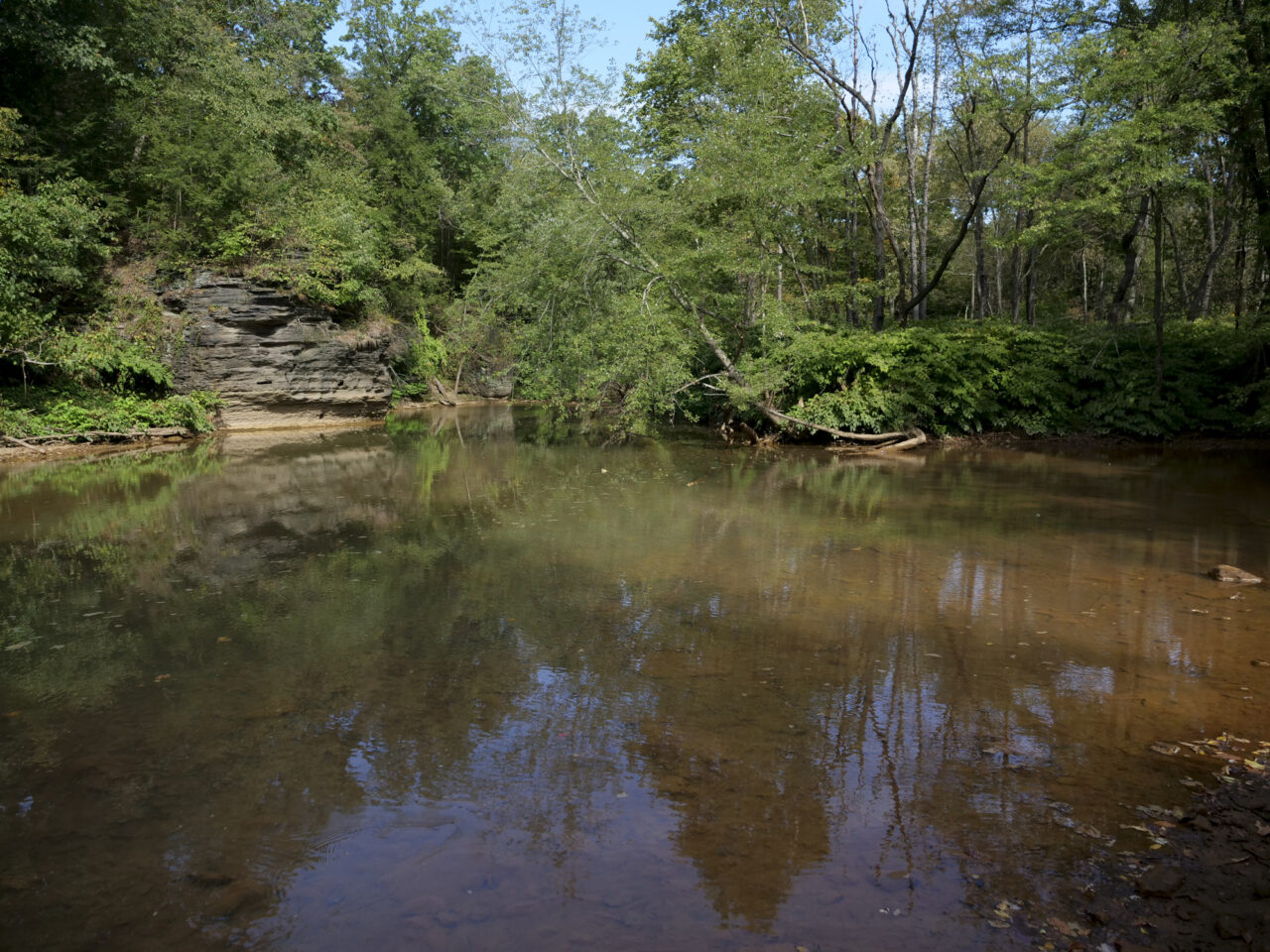
The Two Lick Creek and Yellow Creek meet here in Homer City, Indiana County, which have been affected by contaminants in acid mine drainage on Sept. 16, 2024. (Jeremy Long – WITF)
Borough manager Rob Nymick believes that a cleanup of those streams could help bring people back into the community, to visit or to live.
“We need to attract younger families, and the younger families are into the hiking, biking, camping, fishing, boating,” he said, adding that no one wants be near a creek that gives off a sulphur smell from acid mine drainage.
“Nobody wants to do that,” Nymick said. “I’m sorry. I mean, facts are facts.”
Nymick has been trying to rally support for cleanup since he got his job in 1996, and he’s finally secured some federal money to get started.
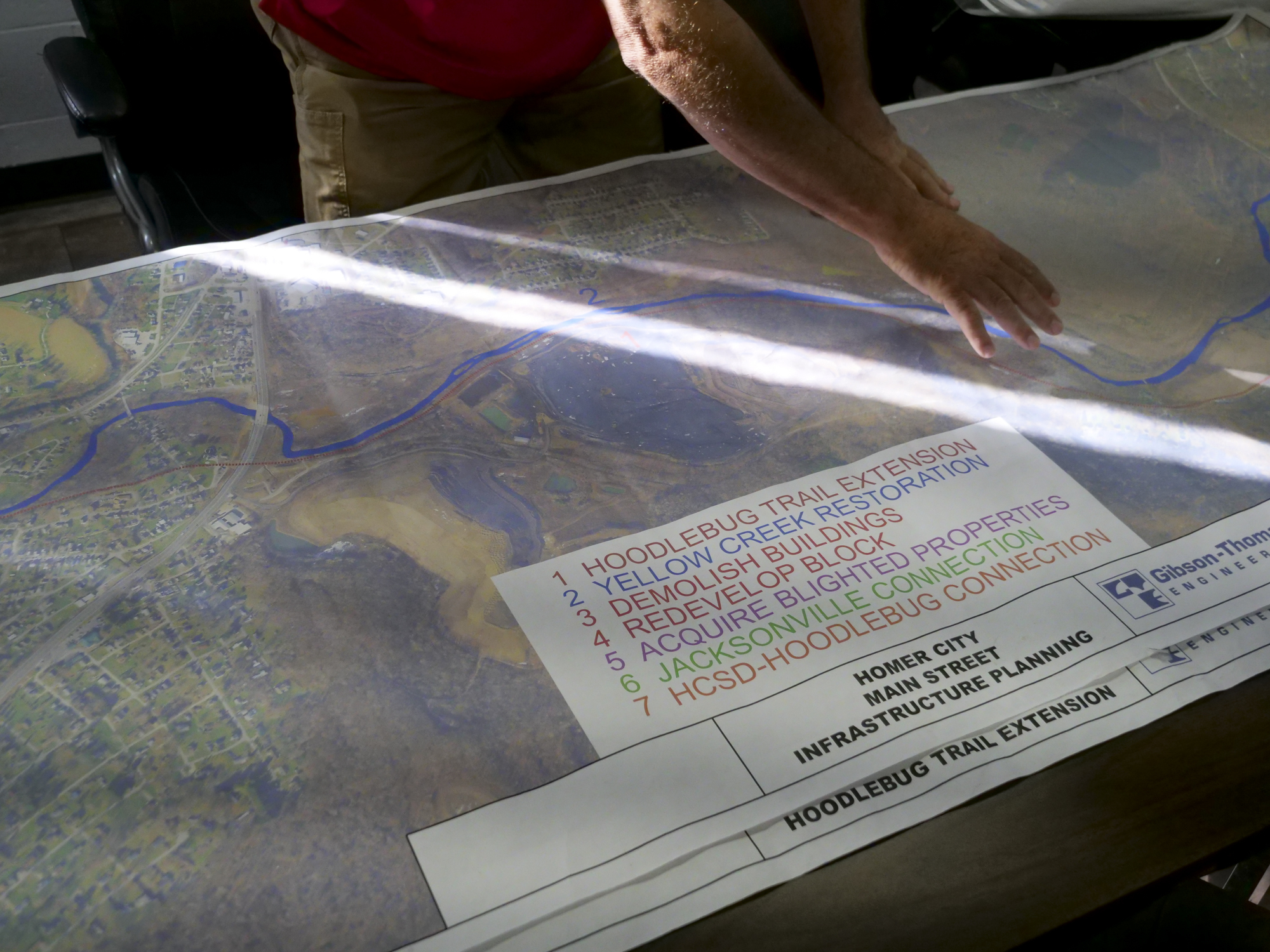
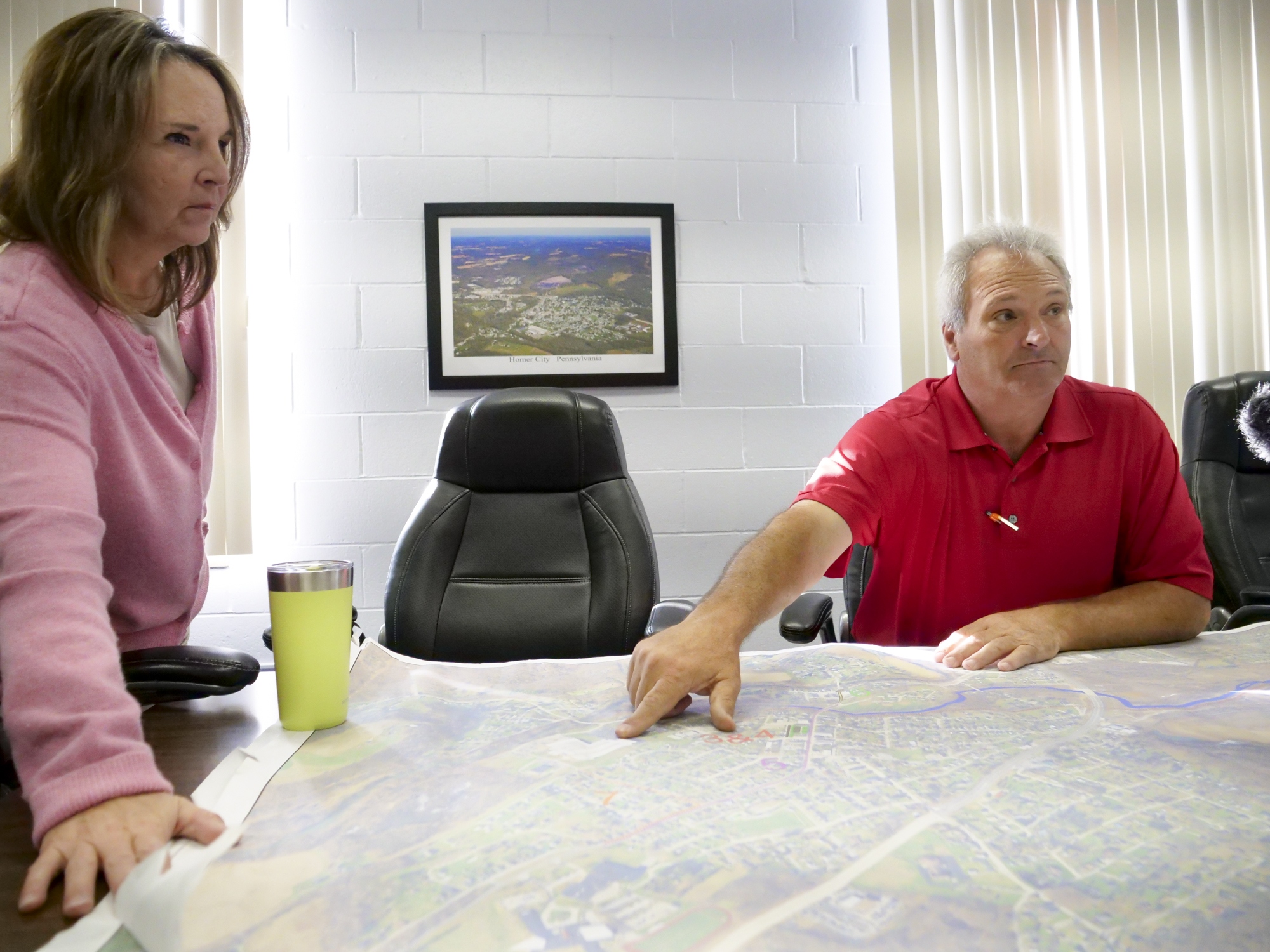
Coming up with money to revitalize is challenging in a small borough with an aging population that’s seen several large employers shrink and disappear over the years.
Nymick and borough secretary Tonya Weller say it’s been frustrating to write grant proposal after proposal and come up with nothing.
Nymick said they often apply and wait months just to be told to try again the next year.
At a meeting this year on funding opportunities for mining communities with representatives from the federal Environmental Protection Agency and state Department of Environmental Protection, Weller said officials touted having “$2 billion–with a ‘B’” to spend. So far, the borough has not seen any of the money.
“We need help to do this,” Nymick said. “All the money’s there, but we didn’t get funded for this round. But why not? Where are we missing?”
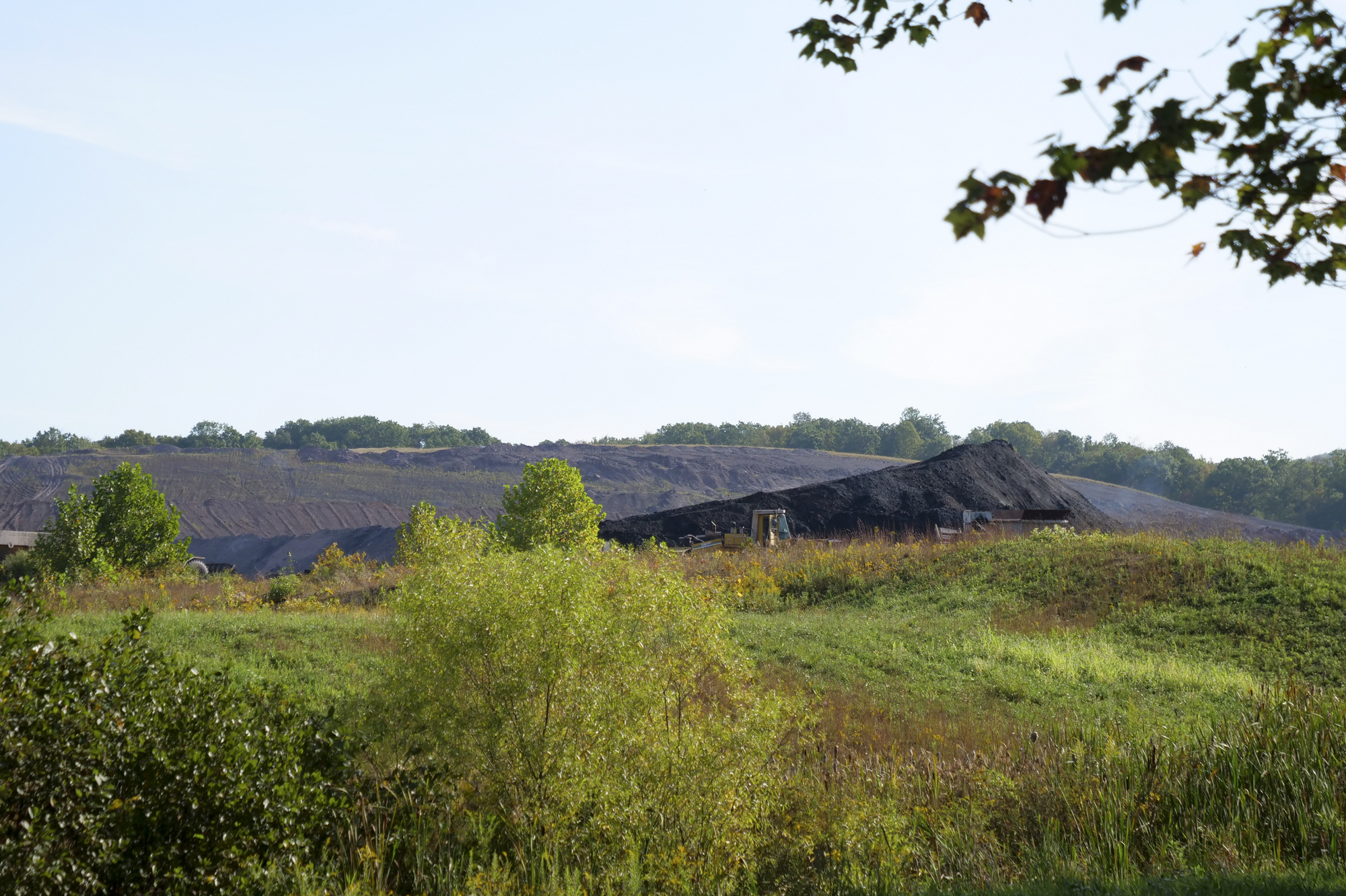
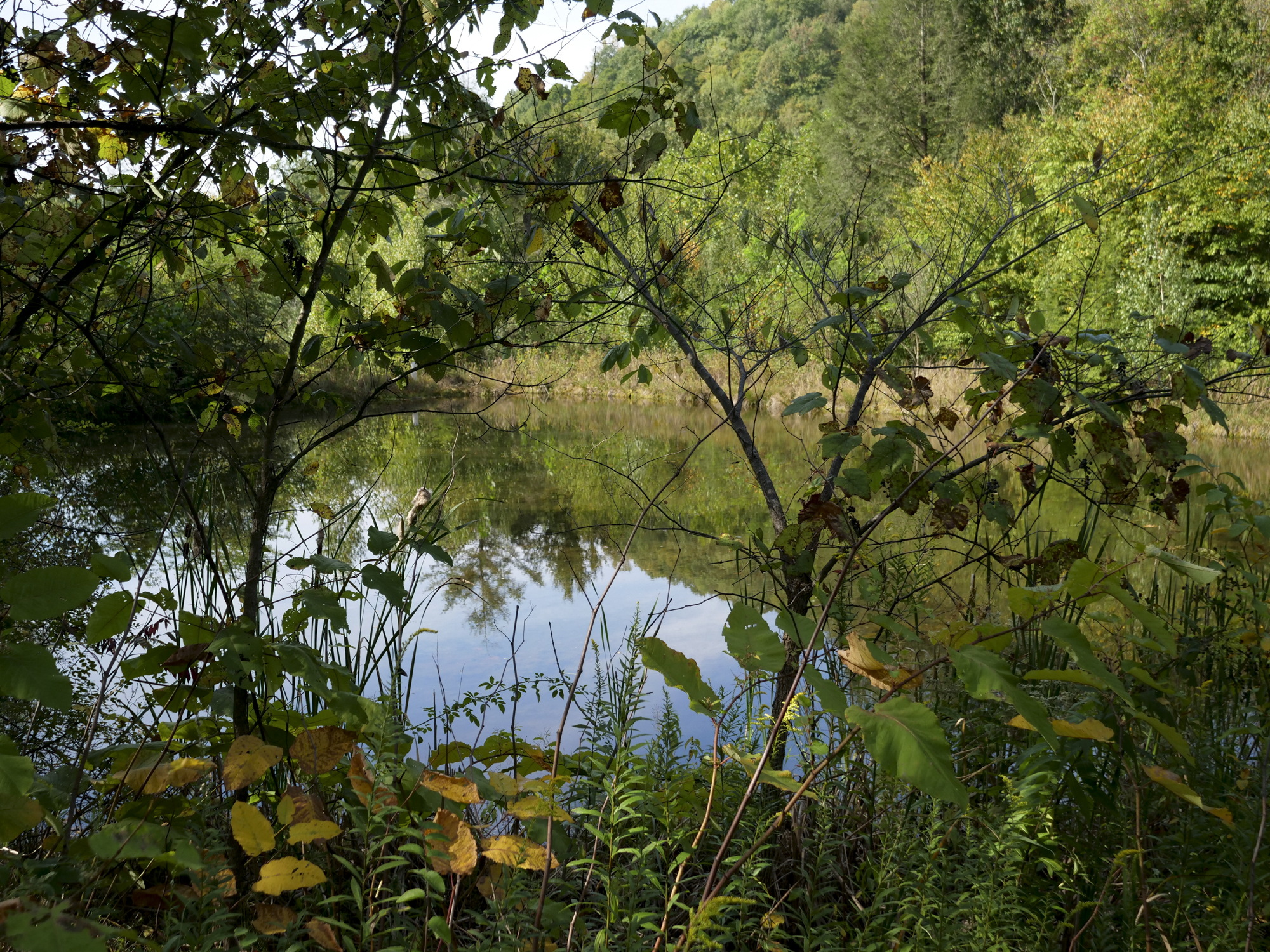
Many Pennsylvania towns have been affected by coal’s decline, but assistance to reimagine those communities has been piecemeal.
Former Gov. Tom Wolf proposed joining the Regional Greenhouse Gas Initiative, a program with 10 other northeastern states that makes power plants pay for the pollution they emit. That makes coal plants more expensive to run and makes cleaner energy sources more appealing on the electric grid.
Wolf wanted some of the money raised through RGGI to go to energy communities – places that are losing jobs because of the energy transition – to help them create something new.
Republican lawmakers and energy groups sued over the program, and so Pennsylvania has never participated or raised any money from RGGI that could go to coal communities. Participation was halted by a Commonwealth Court decision. An appeal is before the state Supreme Court.
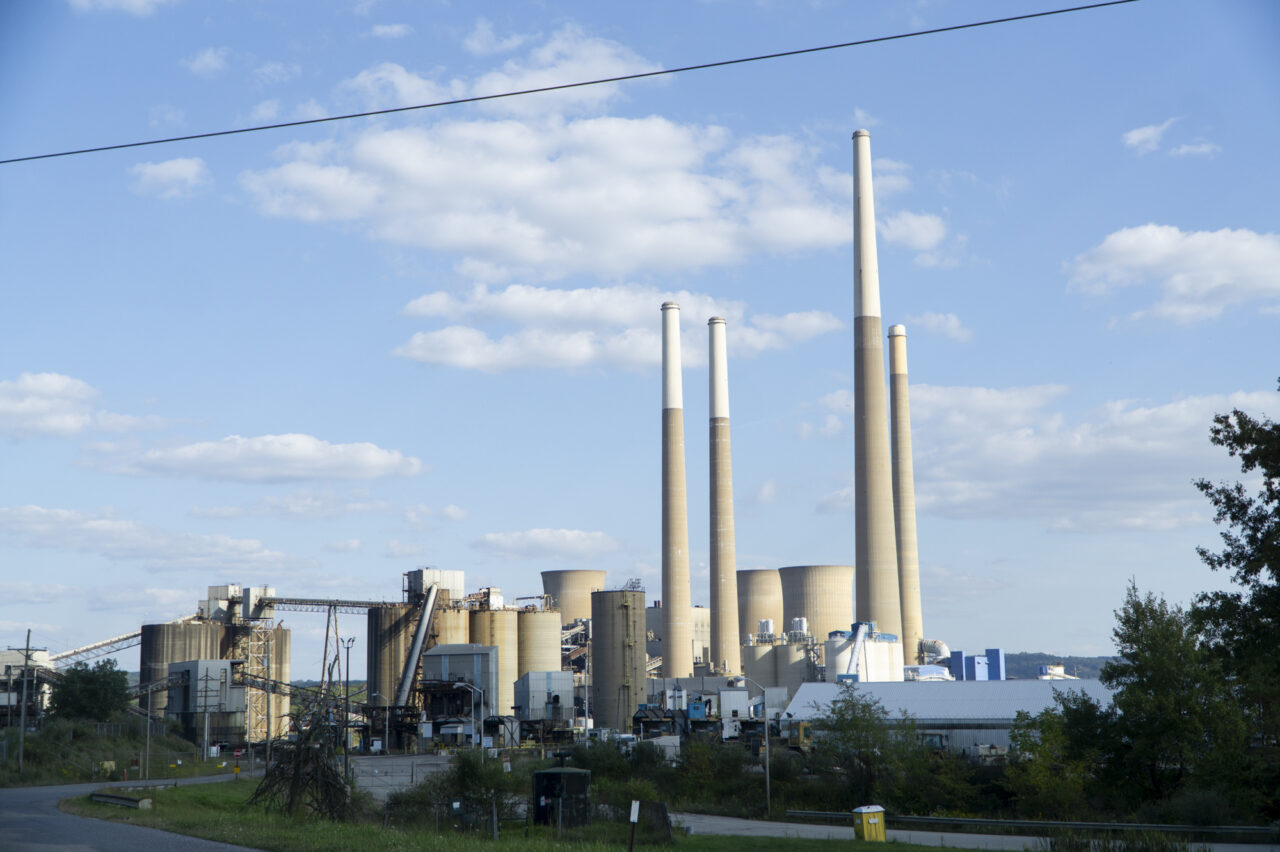
A view of Homer City Generating Station, the largest coal-fired power plant in the state that was shut down in 2023, in Indiana County on Sept. 15, 2024. (Jeremy Long – WITF)
Other places have taken a more proactive approach to the move away from coal.
The Transalta coal plant in Centralia, Washington state made a deal with the state over a decade ago to close by 2025 and to create a $55 million fund to help the community move on to the next thing. So far, it’s helped small businesses and it’s gotten new energy industries like hydrogen interested in the area.
While it didn’t solve every issue, Centralia Mayor Kelly Johnston said the agreement gave her small city a chance to plan for its economic transition.
“There’s many projects. And so you start adding them up, that’s going to make a difference,” Johnson said.
Julia Haggerty, who researches rural communities and their ties to natural resources at Montana State University, said the Centralia case is unusual. She said each plant closure will involve an array of actors and influences, such as the plant owner, state policy and what’s happening with the local utility.
“Recognizing that places can adapt and that places will adapt and that that can take a really long time is a really key message for local, state and other actors who are thinking about how to support these communities,” Haggerty said
She said officials looking to support a place with a sudden economic shift should consider what kind of safety net is available for public services and displaced workers through a potentially long period of economic uncertainty.
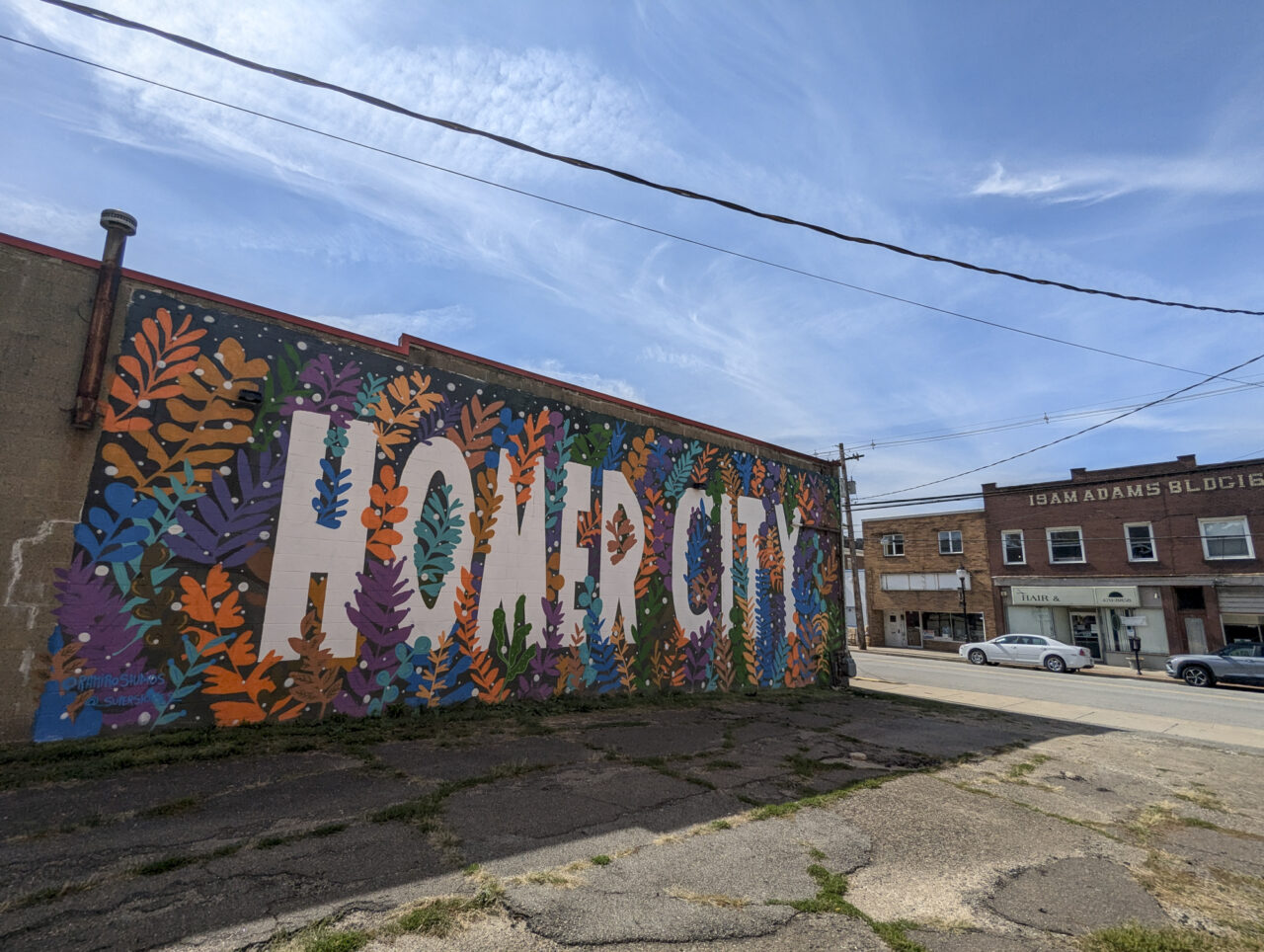
A mural along Main Street in Homer City on Sept. 16, 2024. Blighted buildings across the street would be removed to make way for a new community hub under the revitalization plan. (Jeremy Long – WITF)
Homer City has been dealt a few blows: a major flood in 1977, the decline of coal, and construction of U.S. Route 119 to bypass the borough.
“They have no reason to get off the beaten path and come down and see our town. None,” Weller said. “That’s why we need to give them a reason to.”
Homer City recently got federal money through the American Rescue Plan and Abandoned Mine Land Economic Revitalization program for the first two of a seven-phase revitalization plan.
The money is going to remediate massive piles of mining waste that are leaching pollutants into Yellow Creek and Two Lick Creek, and to extend the Hoodlebug Trail – a walking and biking trail that could eventually connect several communities in the county and give kids a safe way to get to school.
“This has been my theme the whole time, and hopefully it’ll continue, is if we bring life back into the streams, we bring life back into our community,” Nymick said.
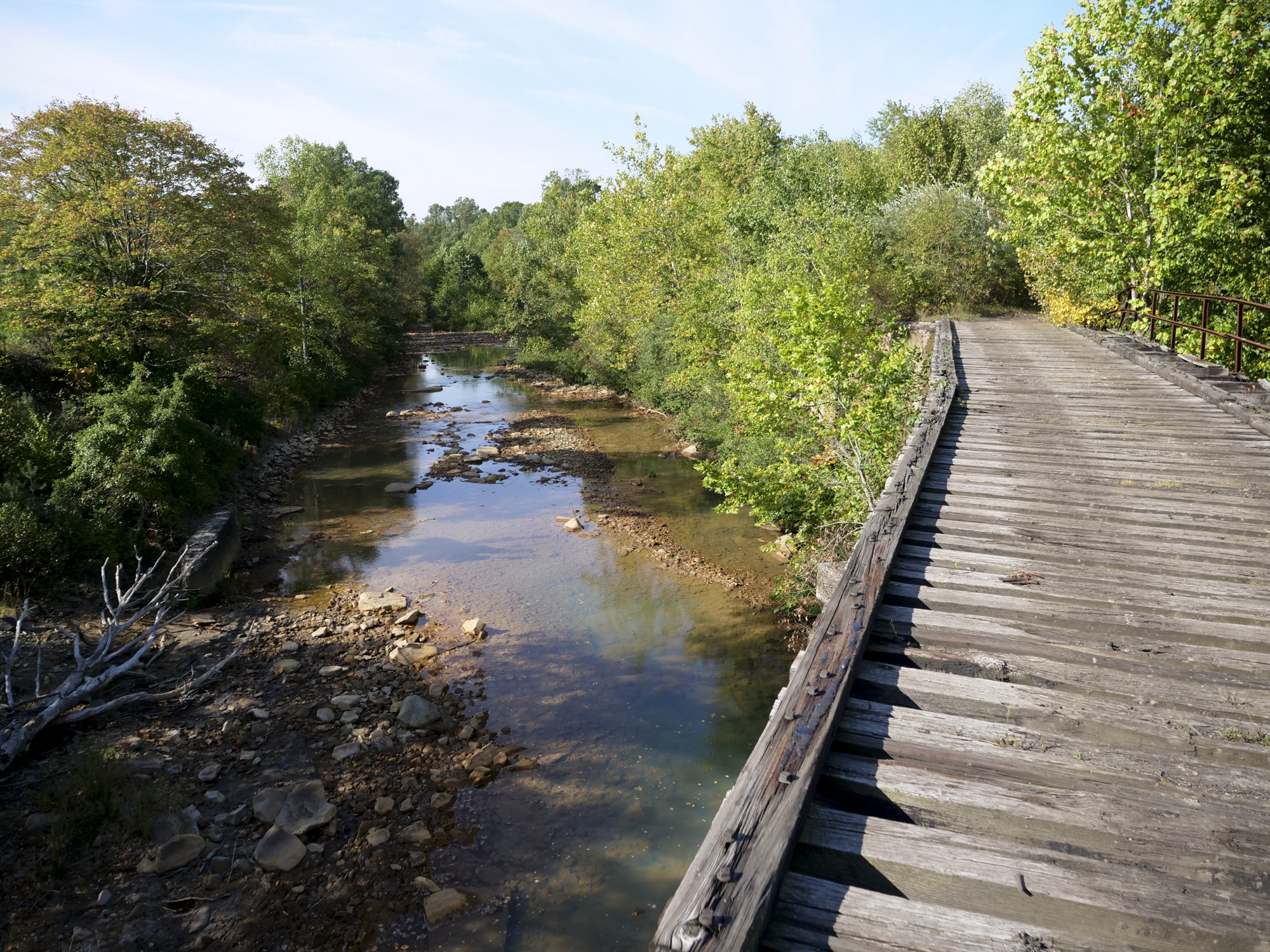
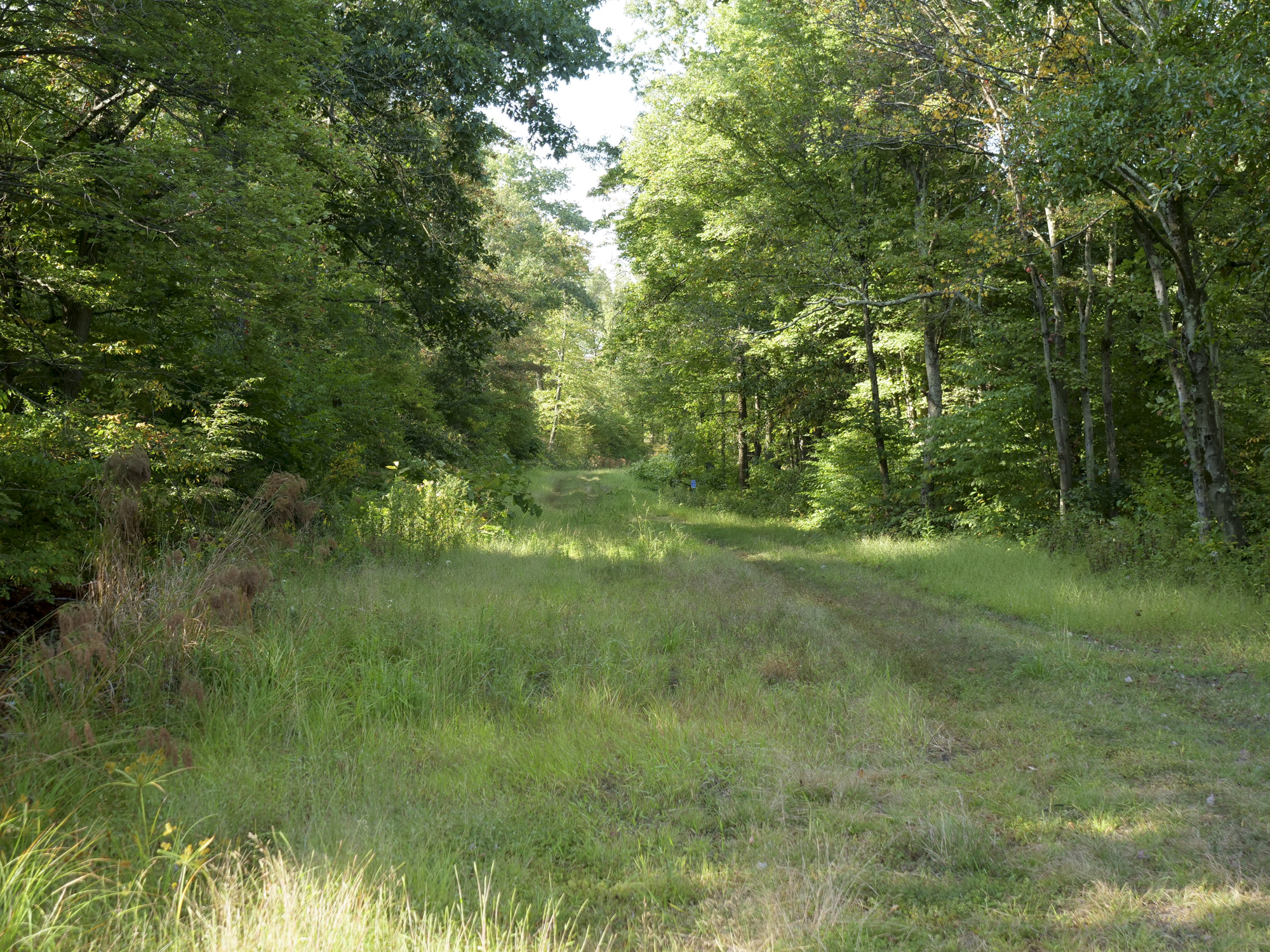
The borough is applying for money to build a primitive campground near the creeks and the bike trail, to give outdoorspeople a place to stay.
Another piece of the plan focuses on removing blighted buildings on Main Street to create a new community hub with green space, mom-and-pop shops and room for events.
Nymick thinks creek cleanup is the crucial first step. On a tour of the area, he shows off two spots that show a sharp contrast.
At an access point to Yellow Creek outside the borough limits, Nymick says 100 cars will be parked along the road on the first day of fishing season.
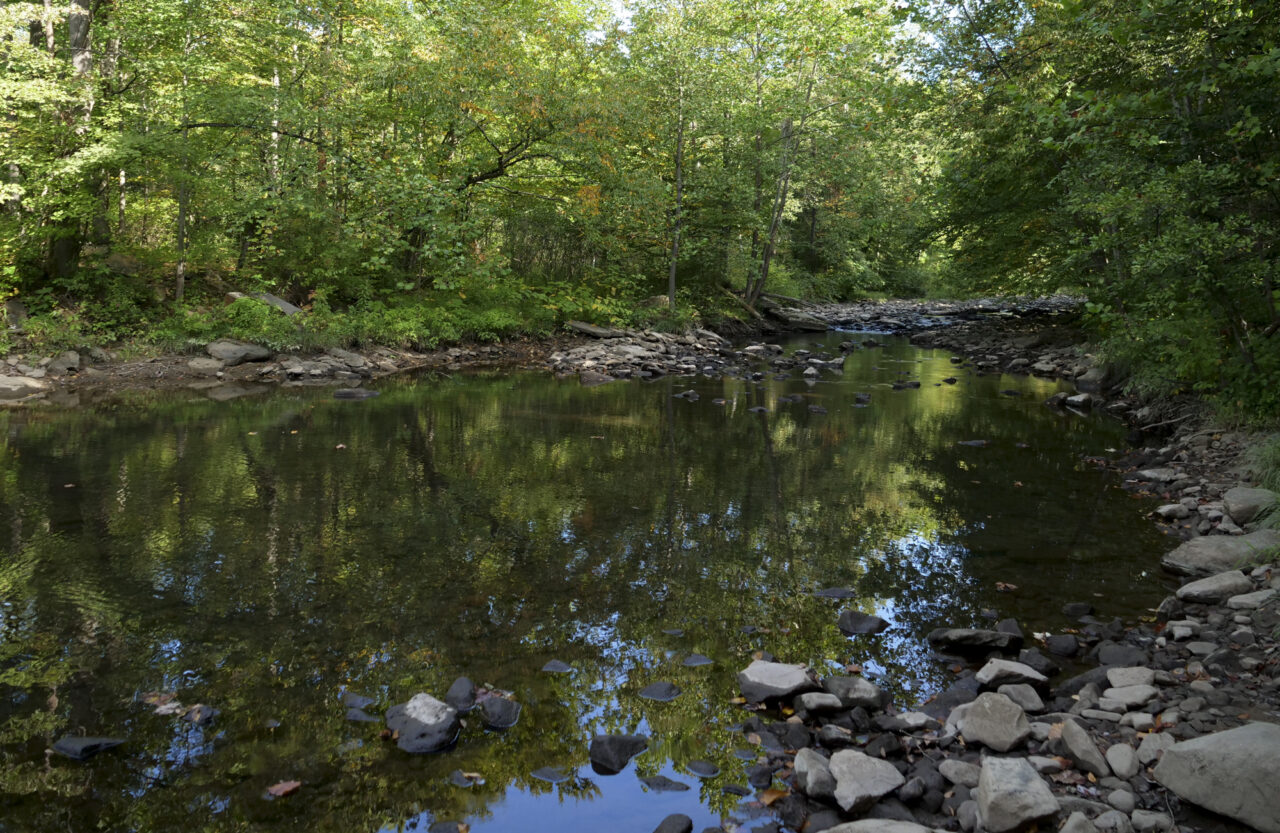
A clean section of the Yellow Creek in Indiana County where people often fish for trout on Sept. 16, 2024. (Jeremy Long – WITF)
“You’re catching trout. You’re catching walleye, muskie right here,” he said.
But 300 yards downstream, he said, “It’s dead water.”
If the clean water could continue into town, Nymick said, that would be a huge help.
“You’d think some of those people would be in Homer City fishing and then after they fish, grab a cup of coffee,” he said.
At a spot on Two Lick Creek, just north of the borough, water gushes out of a hole in the bank, leaving behind a whitish-green residue it picked up as it flowed through abandoned mines. The ground around the well is muddy and tinted orange. No plants are growing where the water seeps up.
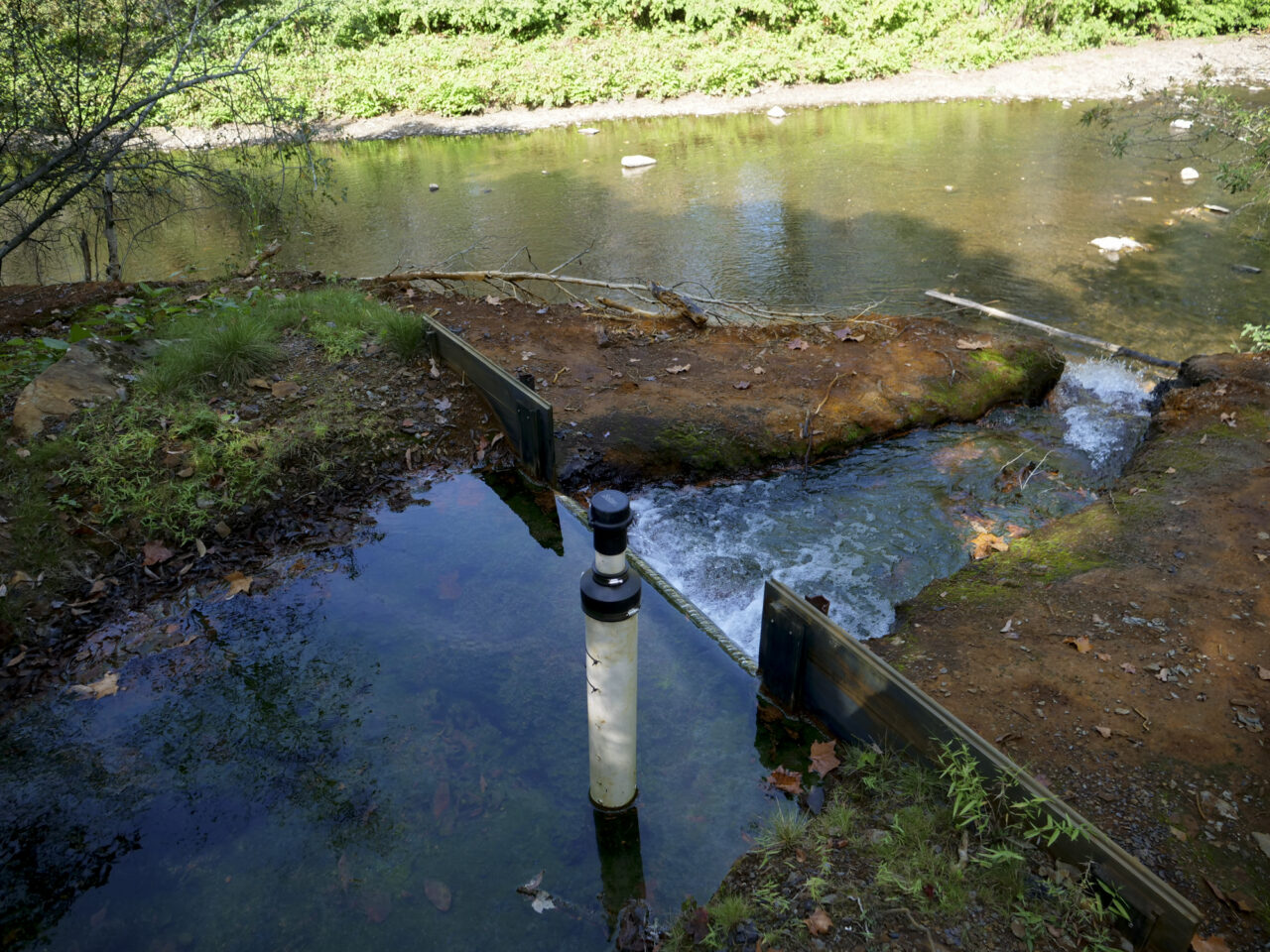
Mine drainage pours out of the ground and into the Two Lick Creek in Indiana County on Sept. 16, 2024. (Jeremy Long – WITF)
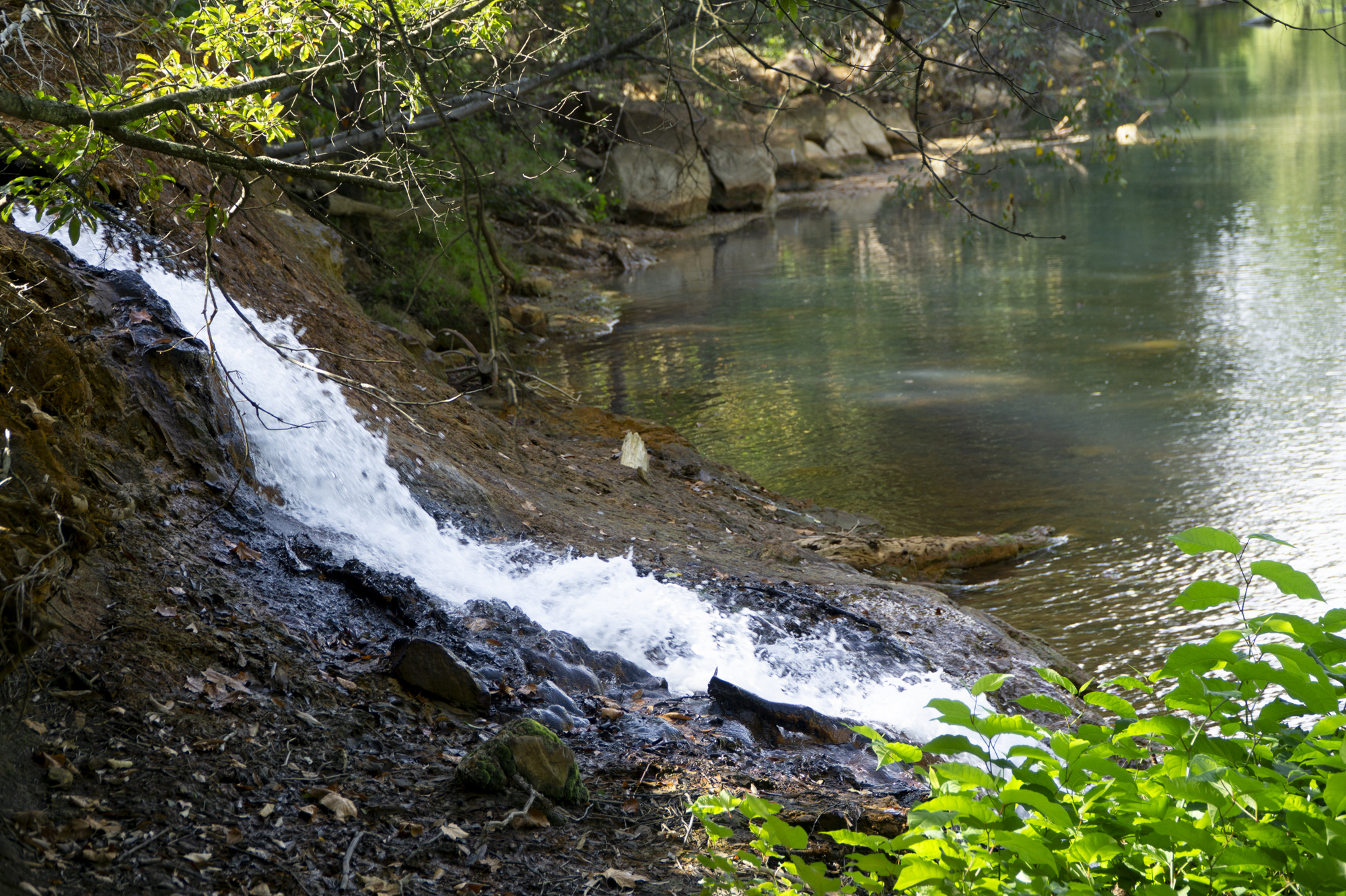
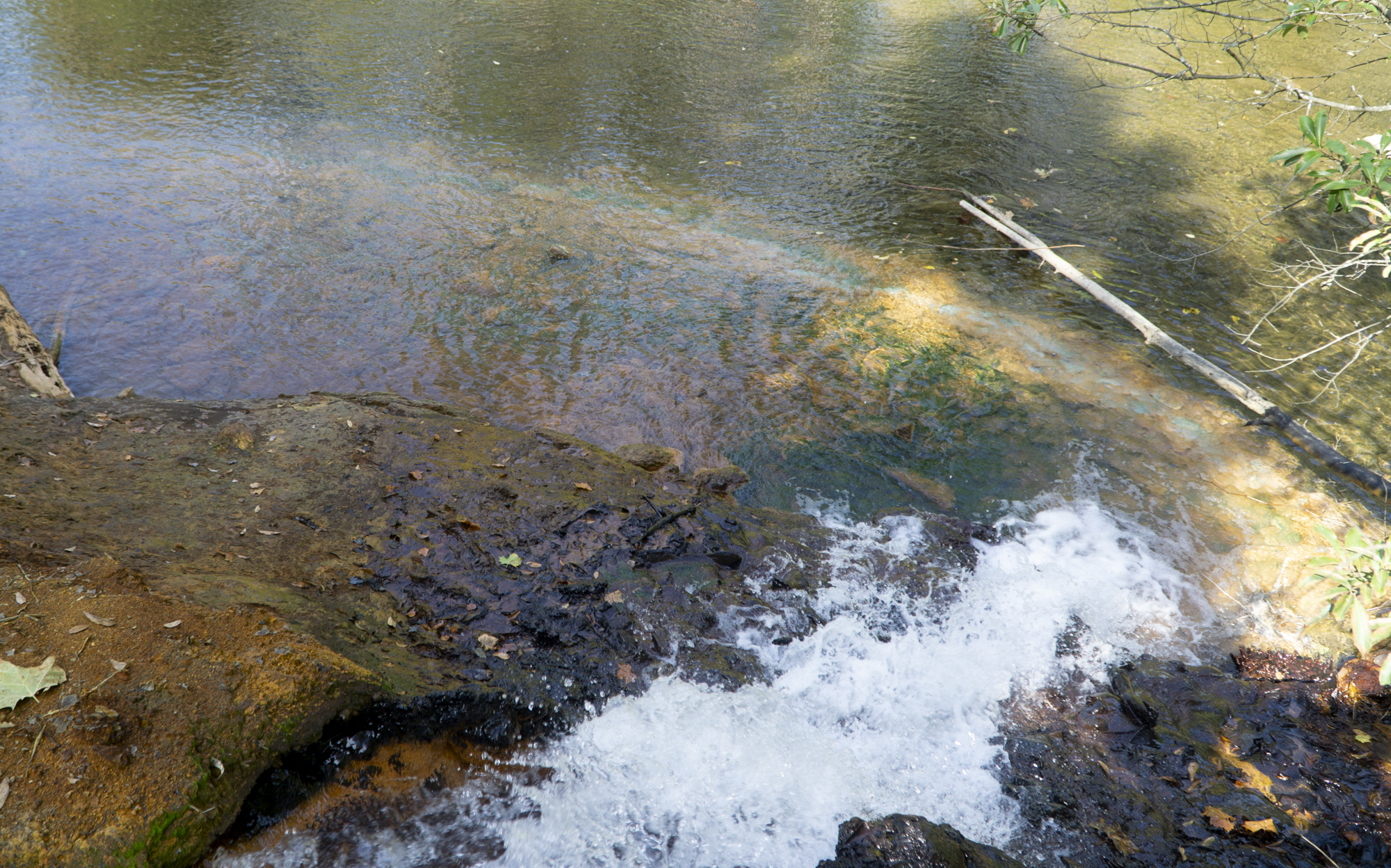
“Nobody comes here and opens a valve. This runs 24 hours a day, 365 days a year,” Nymick said. “This is old, old legacy mines.”
Nymick said he thinks people accepted the pollution before because the source of it also brought jobs.
“OK, they’re gone,” he said. “Now we can’t accept this anymore.”
Nymick is hopeful the recent grant awards will create momentum and put the borough on a path to a future with clean streams that invite people to come spend time in his hometown.
“I’ll take it, that’s a big win for us,” Nymick said of the grants. “But we also need to continue.”
StateImpact Pennsylvania is a collaboration among WITF, WHYY, and the Allegheny Front. Reporters Reid Frazier, Rachel McDevitt and Susan Phillips cover the commonwealth’s energy economy. Read their reports on this site, and hear them on public radio stations across Pennsylvania.
(listed by story count)
StateImpact Pennsylvania is a collaboration among WITF, WHYY, and the Allegheny Front. Reporters Reid Frazier, Rachel McDevitt and Susan Phillips cover the commonwealth’s energy economy. Read their reports on this site, and hear them on public radio stations across Pennsylvania.
Climate Solutions, a collaboration of news organizations, educational institutions and a theater company, uses engagement, education and storytelling to help central Pennsylvanians toward climate change literacy, resilience and adaptation. Our work will amplify how people are finding solutions to the challenges presented by a warming world.